Understanding all positions in Dota 2 is crucial for mastering the game and climbing the MMR ladder. This is a game of strategy, teamwork, and, (unfortunately, too often) blaming your teammates.
There are five set positions in Dota 2 with each player assuming one of five roles: Carry, Mid, Offlane, Roaming Support, and Hard Support. If you’ve ever wondered why your Carry is AFK farming while you’re getting stomped in fights, or why your Hard Support is screaming at you for not buying BKB, this guide is here to help. Let’s break down the five Dota 2 positions in all their glory (and suffering).
All Dota 2 Positions and Roles Explained
The five Dota 2 positions are subdivided into two overall categories: Cores and Supports. Cores are high-impact, game changing heroes that team compositions are often built around, and are picked in the Carry, Mid, and Offlane Position. Supports are the Hard Support and Soft or Roaming Support.
Position 1: The Carry – Lord of the Farms
Ah, the Carry. The position everyone wants because it involves farming endlessly while yelling at teammates for not creating enough space.
The Carry heads to the Safe Lane and spends the early game farming creeps, because fighting early is for peasants. Laning can be a struggle since most Carry heroes are weak early on, but that’s why you have a support (to soak up all your frustration).
Beginner-friendly heroes include Luna, Phantom Assassin, and Wraith King where you just click one or two skills (including your BKB) throughout the game. More advanced players can flex with Morphling or Arc Warden, but be warned—these heroes require more brain cells than the average player is willing to invest.
Power spikes define a Carry’s strength. Got an early Battle Fury on Phantom Assassin? Congrats, you just unlocked turbo-farm mode and can now delete squishy supports. The main goal is to farm, get items, obliterate your opponents, and win the game.
Position 2: The Midlaner – The Perpetual Complainer
If the Carry is the Lord of farms, the Midlaner is the king of complaining. “No rotations!” “Where are my supports?” “GG mid lost.” You get the idea.
The Midlaner takes the middle lane solo and is responsible for setting the game’s tempo. Unlike League of Legends’ mid-lane where the jungler can babysit, in Dota, you’re on your own. This role is heavily skill-dependent, requiring solid last-hitting, map awareness, and not tilting when the enemy mid gets a power rune and deletes you from existence.
Midlaners are typically greedy, needing items like Orchid Malevolence or Blink Dagger to start snowballing. Early-game dominators include Viper, Puck, and Huskar, while Ember Spirit, Storm Spirit, and Shadow Fiend require more finesse. If you lose mid? Well, good luck—your teammates will remind you of it for the next 40 minutes.
Position 3: The Offlaner – The Unappreciated
The Offlaner is the backbone of every teamfight, but nobody ever appreciates them. Your job? Be tanky, disruptive, and generally make life miserable for the enemy Carry.
The Offlaner starts in the Hard Lane (Offlane) with the Position 4 Support, tasked with denying farm and making aggressive plays. You build items that either initiate fights like Blink Dagger or make the team tankier with Pipe or Greaves.
Back in the day, the Offlane was called the Dead Lane because you were basically a walking sacrifice. This role has come a long way since then.
Position 4: The Roaming Support – The Playmaker

This is where Dota 2 completely diverges from League and MLBB. In those games, there’s a dedicated Jungler, but in Dota? There is no jungle role.
Position 4 pairs with the Offlaner and is the team’s playmaker. You harass the enemy Hard Support, roam the map looking for kills, and ensure your Midlaner gets power runes.
Pos 4 heroes like Earthshaker and Clockwerk like to initiate fights, while others like Rubick and Shadow Demon counter-initiates, using their abilities to turn enemy aggression against them. Then there are heroes like Marci or Hoodwink who can scale into late-game DPS monsters.
Position 5: The Hard Support – Everyone’s Punching Bag
The Hard Support, aka the human ward machine. Before, this role was the designated sacrificial lamb, and while it has evolved into a more impactful position, you’ll still get blamed for everything that goes wrong.
You lane with the Carry and your job is to babysit, pull camps, and keep them alive while they miss last hits and yell at you for no apparent reason. You’re also in charge of warding and dewarding, which means your teammates will flame you for every invisible gank that happens, even though they never check the minimap.
Heroes like Abaddon and Dazzle can heal or save you, while Crystal Maiden and Jakiro can set up early kills. If you enjoy suffering for the greater good, congratulations—you’re a born Hard Support.
Why It’s Important Understand All Positions in Dota 2
Dota 2 is difficult, but once you understand the five positions, you’ll start seeing the bigger picture, and learn fully how to play Dota 2.
So next time you’re in a game, remember: support your Carry, don’t flame your Mid, stop feeding as Offlane, playmaker Pos 4s are your best friends, and for the love of Roshan place some wards!
Good luck, have fun, and may your MMR and Dota 2 rank rise ever higher!
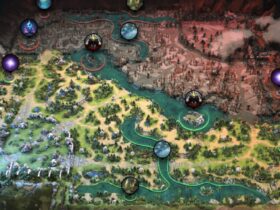




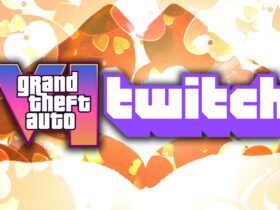
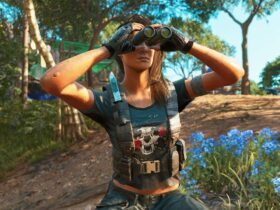
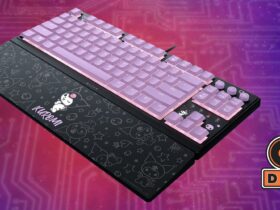
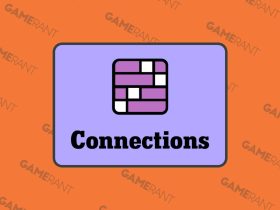
Leave a Reply